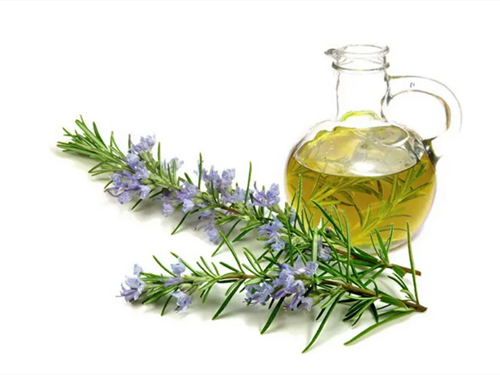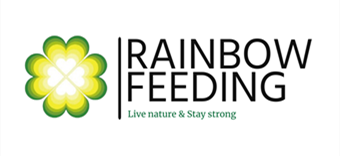With the growing demand by consumers for safer and more natural foods, has fostered an interest in incorporating natural antioxidants into meat through the animal diet, to improve the productive characteristics of animals. Rosemary (Rosmarinus oficinalis L.) is a small evergreen shrub belonging to the genus Salvia in the Lamiaceae family native to Europe, North Africa and the Mediterranean coast. The leaves of the herb have a long use in traditional systems for medicine and culinary. Rosemary extracts are used for flavoring purposes and as a natural alternative to synthetic antioxidants in food.
Rosemary’s main active ingredients include: carnosol, carnoic acid, rosemary, ursolic acid, oleanolic acid, rosmarinic acid, and α-terpineol components of rosemary essential oil. The diterpenes carnosic acid and its derivative, the lactone carnosol, are components present in the fat-soluble polyphenolic fraction of the rosemary leaf, the one with the highest antioxidant capacity. It has been used as a feed additive for more than twenty years and for animal feed has been approved by the Association of American Feed Control Officials. As a new functional feed additive, rosemary extract has the following benefits:
- Antimicrobial and antioxidant properties;
- Strong reduction of lipid oxidation;
- Improve meat quality and considerable reduction of the total microbiological load;
- Optimize the intestinal flora and reduce the use of VE;
- Promote the immunity system and growth

Rosemary Oil
Rosemary extract for animal feed may improve the quality and safety of meat. Researchers have reported on the antimicrobial and antioxidant properties of rosemary as an additive for animal feed. Supplementation of the animal diet with rosemary extract under the indicated conditions provides adequate amounts of carnosic acid and carnosol to increase the preservation capacity of meat. A study was to assess the effect of rosemary as an additive on the antimicrobial and antioxidant properties of meat. Antimicrobial activity was assessed by measuring the microbiological counts on days 7 and 21 of storage. The microbiological count was reduced in the rosemary-fed group, while it was not affected in the control group.
The concentration of extract to be added to the feed must be in the range of 2700 to 4000 ppm, to achieve adequate effectiveness. Under these conditions, the minimum concentration of the sum of the two active ingredients present in the feed is between 600-900 ppm. The diet of lambs during the fattening stage should be supplemented with an amount of rosemary extract that provides a total of 640-980 mg of diterpenes (equal parts carnosic acid and carnosol) per kg of fattening feed. The important of relationship between the concentration of carnosic acid and carnosol in the rosemary extract to be added to animal feed is essential to ensure the correct bioavailability of both components and thus ensure the effective improvement of the quality and useful life of the meat.
Rosemary extract was used for animal feed because of its excellent antimicrobial and antioxidant properties. Rosemary-fed animals had lower levels of bacteria and lactic acid bacteria. It can inhibit the growth of mesophiles, yeasts, and molds such as psychrophilic bacteria and lactic acid bacteria. Its antioxidant activity is attributed to the polyphenolic compounds present in the rosemary plant. Rosemary essential oil has been found to inhibit microbial development and may improve the juiciness of lamb meat. Moreover, rosemary leaf extract has been shown to protect against oxidative DNA damage and tetrachloride-induced hepatotoxicity in mice.


